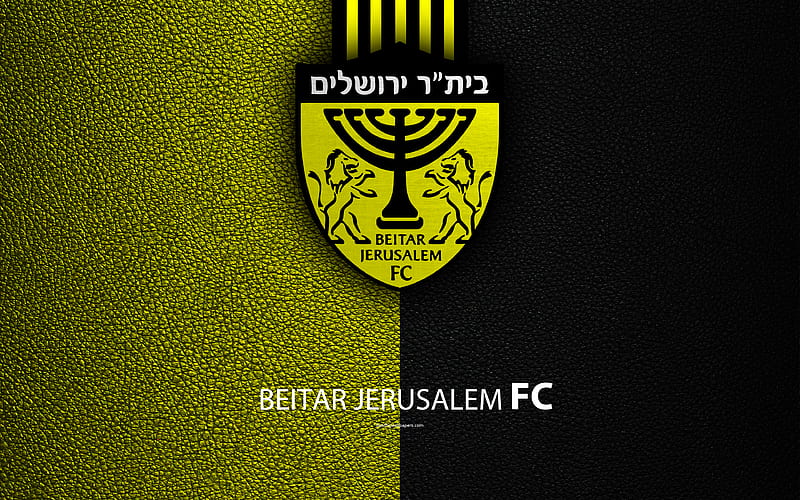The club’s management has made efforts to address these issues, promoting initiatives aimed at fostering inclusivity and respect among fans. However, the road to change has been fraught with difficulties, and the club continues to navigate the complex landscape of Israeli football and society hubet.
The Culture and Identity of Beitar Jerusalem FC
The culture surrounding Beitar Jerusalem FC is deeply intertwined with the identity of its supporters and the broader community. The club represents more than just a football team; it embodies a sense of belonging and pride for many fans.
The Fan Base
The fan base of Beitar Jerusalem FC is one of the most passionate in the world. Known for their loyalty and fervor, supporters create an electric atmosphere during matches. The chants, songs, and displays of support are a testament to the deep emotional connection fans have with the club.
This connection is often rooted in personal stories and shared experiences. Many fans have grown up watching the team, passing down their love for Beitar Jerusalem FC through generations. This familial bond strengthens the community and fosters a sense of unity among supporters.
The Rivalries
Rivalries play a significant role in the culture of Beitar Jerusalem FC. The most notable rivalry is with Hapoel Tel Aviv, which is not just a sporting competition but a clash of ideologies and identities. Matches between these two teams are highly charged events, drawing large crowds and intense media attention.
These rivalries contribute to the club’s identity, shaping the narrative around Beitar Jerusalem FC. The passion displayed during these matches often transcends football, reflecting deeper societal issues and the complexities of life in Israel.
The Role of Media and Representation
Media representation of Beitar Jerusalem FC has evolved over the years, often reflecting the club’s successes and controversies. Coverage of the team can be polarizing, with some outlets focusing on the negative aspects, such as fan behavior, while others highlight the club’s achievements and community initiatives.
